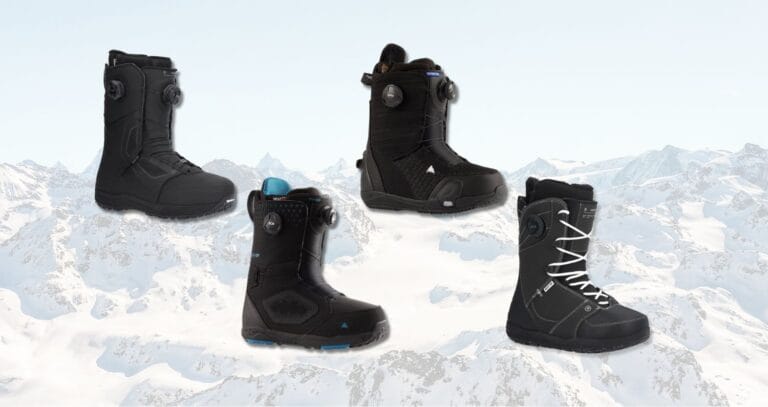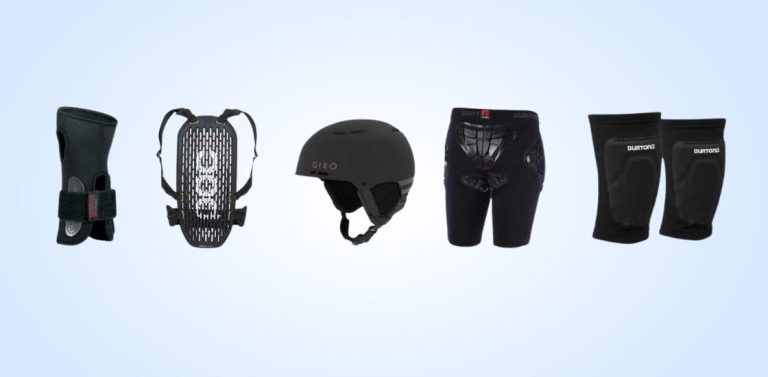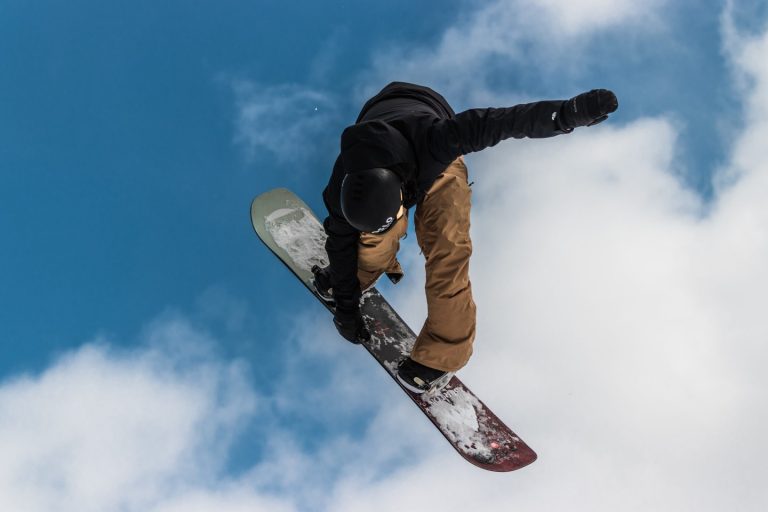The Blossom and the Process are two of Burton's most popular freestyle boards, ridden by some of the best snowboarders in the world. But how do they compare and which one is best suited for your style of riding?
Burton Blossom Vs Process – At a Glance
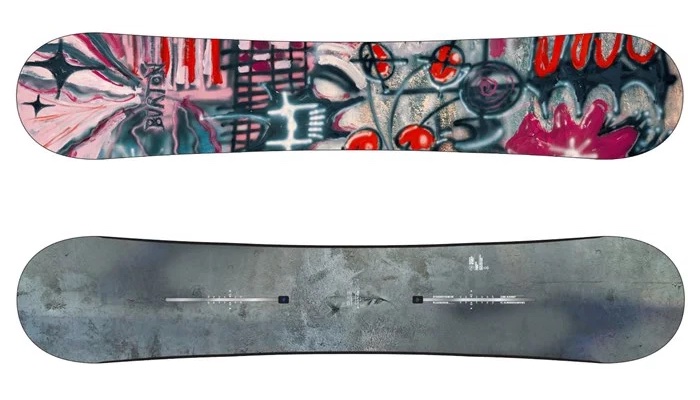
Burton Blossom
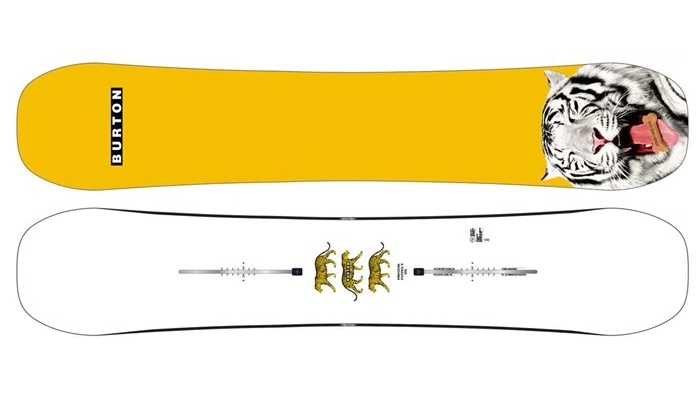
Burton Process
Camber
Camber
Pure Pop camber
Shape
True twin
True twin
Flex
5/10
4/10
All Mountain
Park/Freestyle
Powder
As you can see from the table above, the two boards are very similar and essentially designed to do the same job. So let's first have a look at what they have in common.
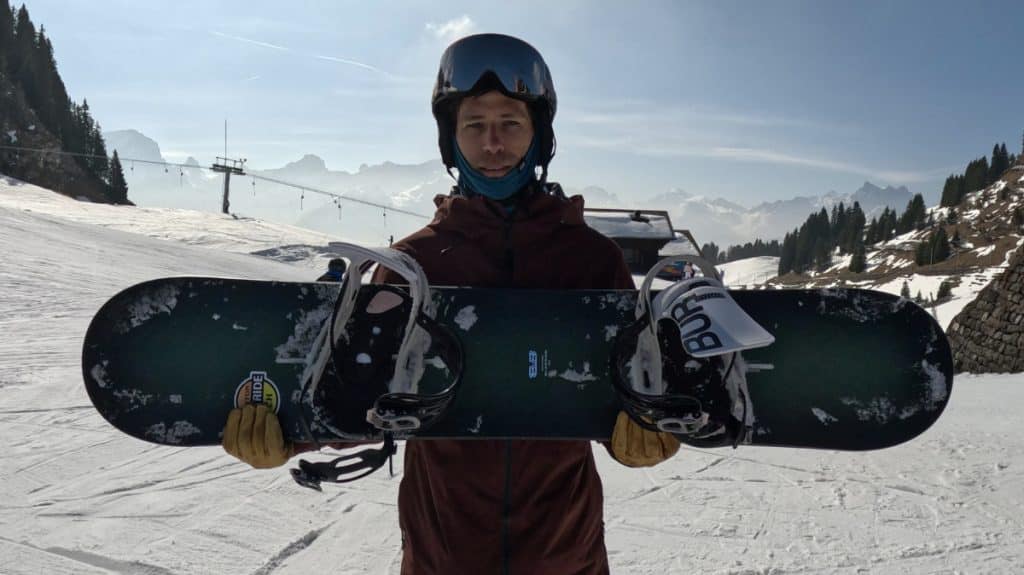
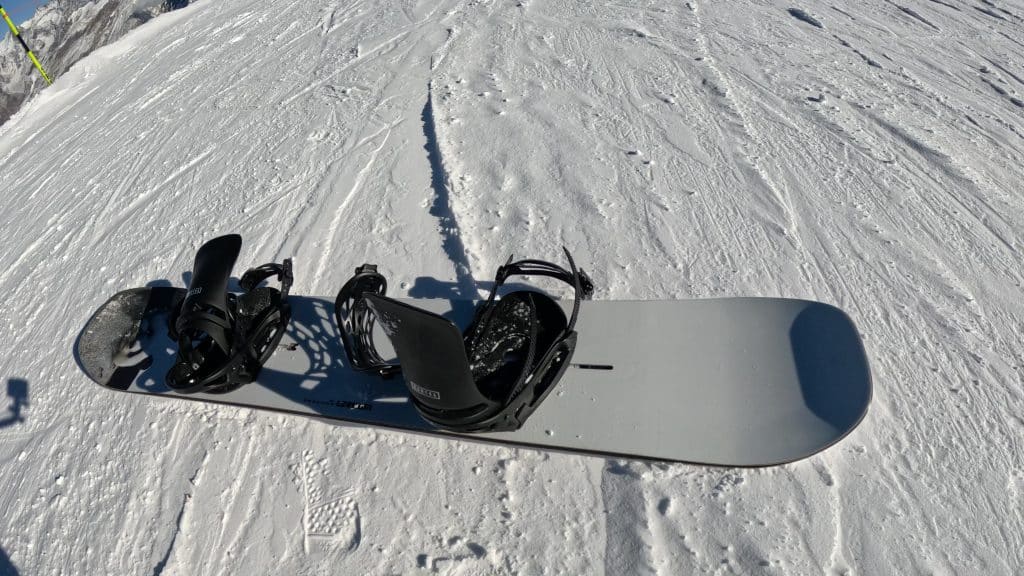
Blossom Vs Process – Tech Comparison
Snowboard shape
There is not much to separate the two boards here; they both have the same twin-shape silhouette, meaning the boards are symmetrically from the center of the board out to the tip and tail.
Both boards are true-twin, freestyle focussed boards.
They both have the binding mounts centered along the length of the board, making them true-twins, with no difference in how they ride normal stance and switch.
Comparing camber
Both boards have a traditional camber profile, but there is a small difference between the two.
The Blossom has a full-length camber from contact point to contact point, whereas the Process has Burton's Pure Pop camber. This evolution of the traditional camber profile introduces small flat sections right where the board touches the snow at the tip and tail.
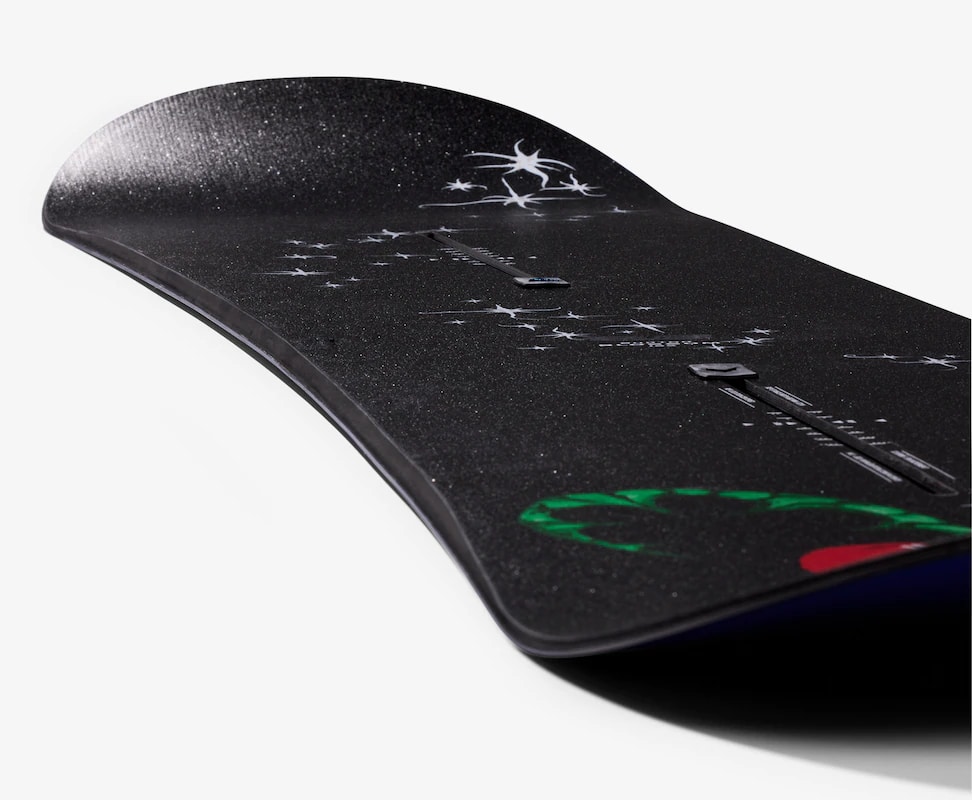
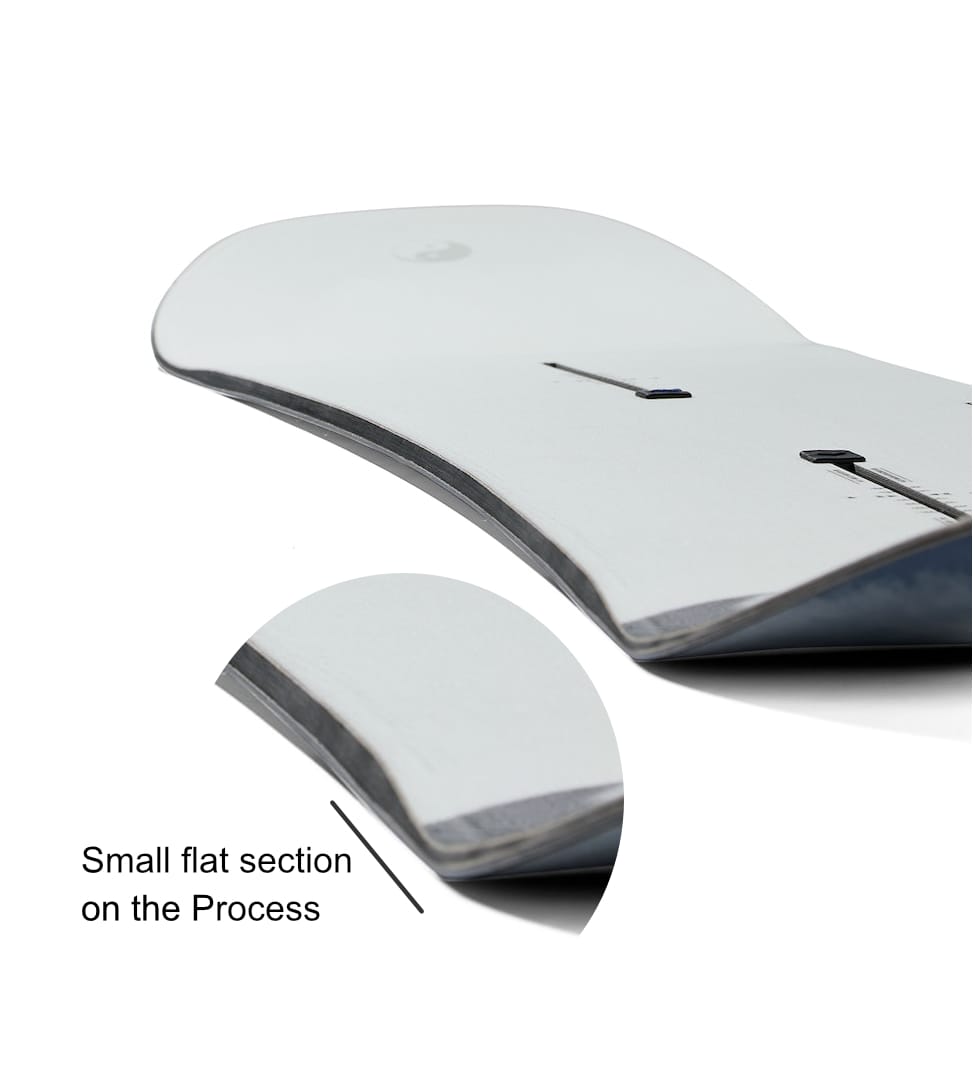
When the board is weighted, these flat sections lift off the snow creating an early rise in the tip and tail that softens the transition between turns and creates a more playful feel.
The full-length camber of the Blossom gives a more precise feel and a ride more similar to The Process.
Comparing board flex
There are differences between the two boards in terms of flex as well. The Process and the Blossom have similar constructions that result in twin flexing boards, meaning that the nose has the same flex as the tail.
A twin flex gives a balanced feel to the board that lends itself to freestyle and riding switch.
The difference between the two boards comes from the extra carbon in the Blossom that runs the length of the board and gives it more pop stiffness than the Process.
The overall flex of the Blossom is quite stiff for a freestyle/park board. This gives the board a little more stability for hitting bigger jumps than the Process but means pressing the nose or tail takes a little more effort.
The Process' construction
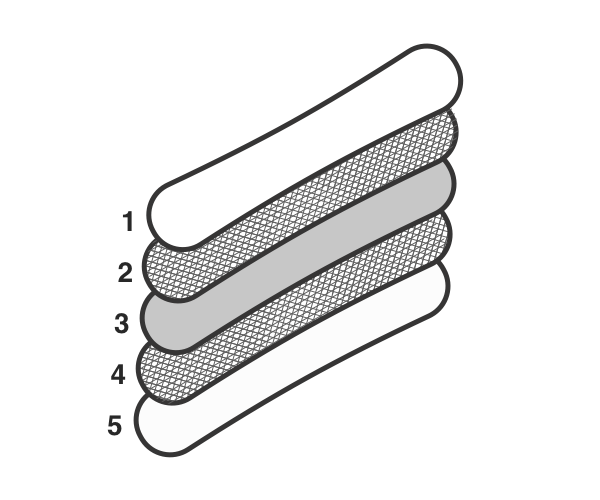
- Topsheet
- Top glass 0°/UDG & +/- 45° stitched
- Core
- Bottom glass 0°/ & +/- 45° stitched
- Base
The Blossom's construction
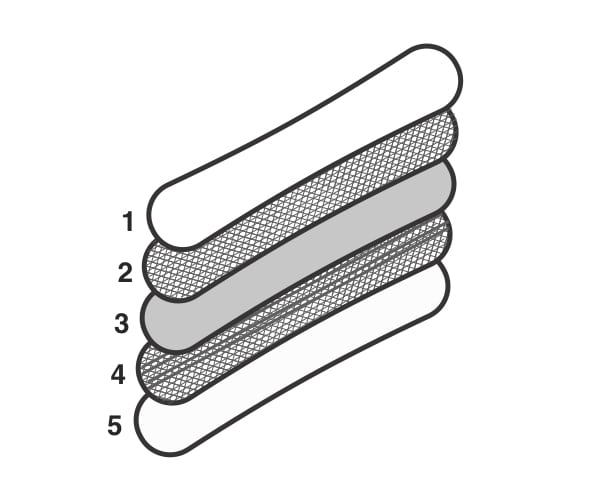
- Topsheet
- Top glass +/- 45° & 0° stitched
- Core
- Bottom glass 0°/ carbon & +/- 45° stitched
- Base
Underneath, both boards have a high-grade, WFO sintered base that runs super fast, holds wax well, and is tough enough to withstand a few rocks.
How Does the Ride Compare?
Although both boards are primarily designed for park riding, there are a lot of differences between the two, creating different rides on different types of terrain.
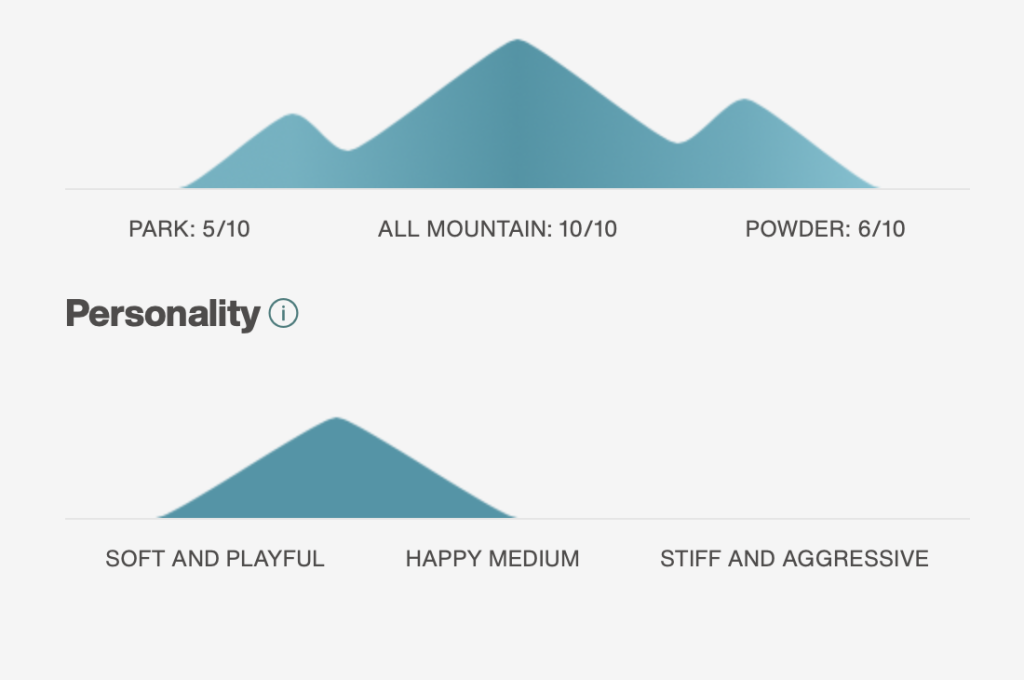
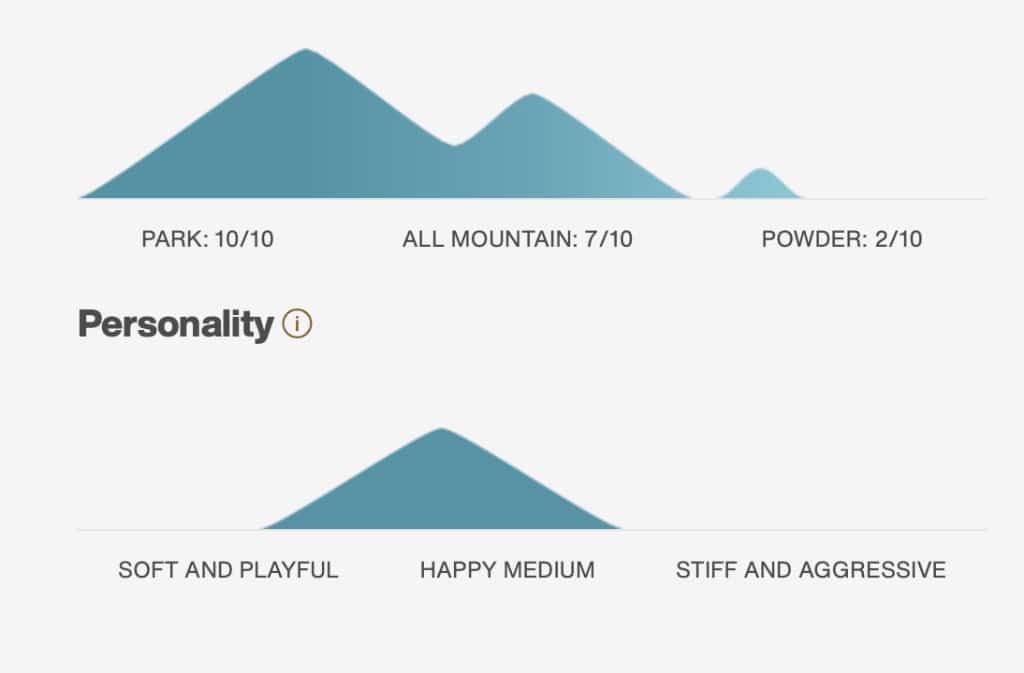
All Mountain
In the turn, the Blossom performs a little better than the Process. Its full-length camber and stiffer flex provide more stability and life at the end of each turn.
The Process gives a little more of a forgiving ride than the Blossom, the early flat sections before the nose and tail give an easier turn initiation and make it less likely that you will catch an edge.
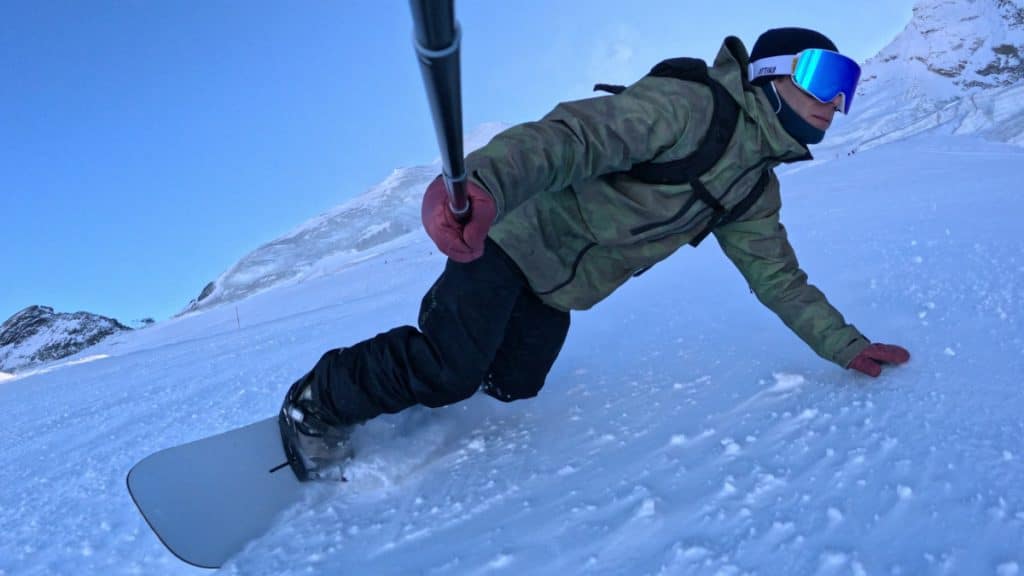
If you like buttering and throwing in the odd 180, then the Process will give you a more playful ride.
Freestyle/Park
As you'd expect, both boards perform great in the park, but there are some differences. The softer flexing Process is easier to nose press on the boxes and is slightly more forgiving on the jumps if you don't nail your take-off.
The extra pop from the Blossom launches you off the jumps and gives extra height to your ollies, but it is a little less forgiving than the Process.
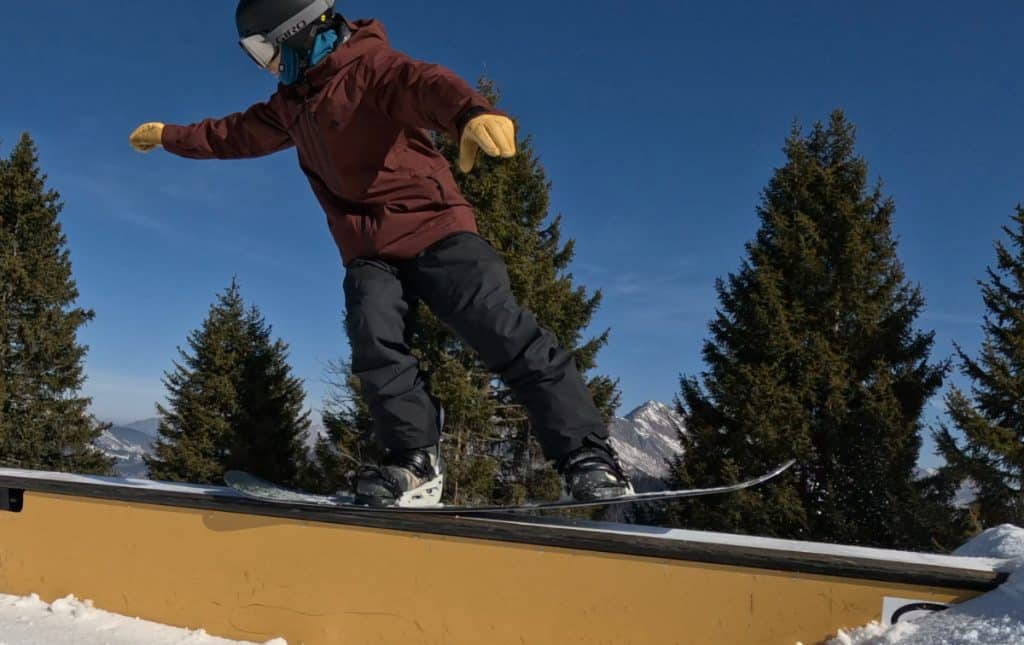
This seems strange to say about the pro-model of Mark McMorris (probably the best slopestyle rider of the last 5 years), but the Process appears to be a lower-end freestyle board than the Blossom.
Powder
Although neither of these boards was designed with powder in mind, they won't hold you back from getting a few turns on a powder day!
Twin, camber boards do not have a lot of float in the nose, but you can easily slide the bindings back.
The Pure-pop camber of the Process helps lift the nose out of the snow a tiny bit more than on the Blossom, but probably just enough to give it the edge in powder.
Neither board are particularly stiff torsionally, so they won't be great in chopped-up snow and chunder. But you can still have plenty of fun jumping on and off the groomers.
Final Verdict – Which Board Would I Choose?
First, let's look at the price; at $550 compared to $610, the Process is a little cheaper than the Blossom. Neither is cheap for a park-specific board, but that is a reflection of the materials and the build quality.
These boards are very similar in terms of the terrain and type of riding they are best suited for. I think the difference between the boards shows up if the style of riding they are best for.
I found The Process to be more playful and more suited to riding a little slower on the groomers, looking for side hits, and playing around with butters and 180's. In the park The Process feels a little more locked in on rails and jib features.
I found The Blossom to be more fun riding fast and boosting ollies. In the park, it launches off the jumps, and I would imagine it would be a good board in the halfpipe.
For me, I would choose the Blossom, but that just comes down to the type of riding I like doing these days, and because it reminds me of the Burton Custom that I love!

Burton Blossom

Burton Process

